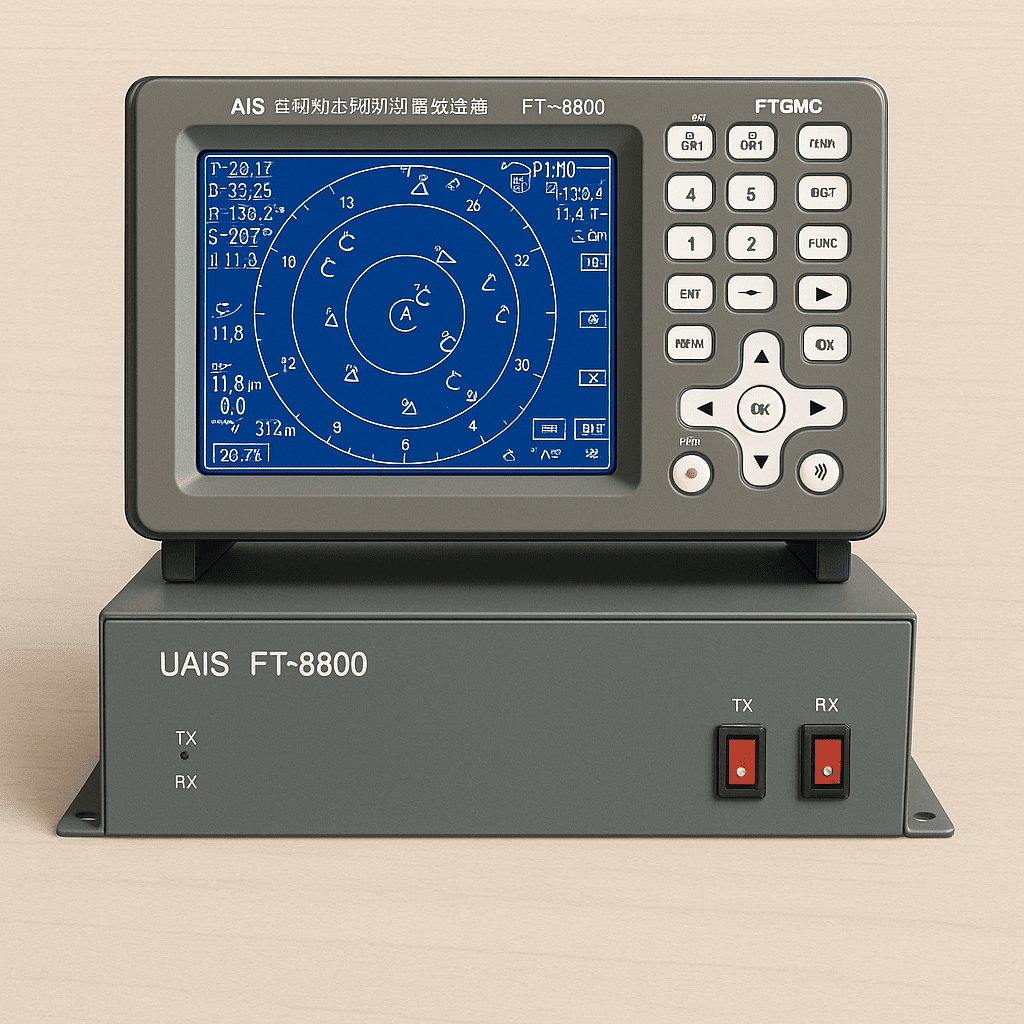
Introduction
Reprogramming your Automatic Identification System (AIS) is essential for safe marine travel. This process, also known as AIS update or AIS reset, keeps your vessel’s data accurate. In the world of marine electronics and ship tracking systems, correct AIS data helps prevent accidents and ensures you follow maritime laws. Updating your AIS system is not just technical—it’s also important for your safety and the safety of others at sea.
What Is AIS and Why Should You Reprogram It?
AIS (Automatic Identification System) helps ships share their identity, position, and speed. This data is broadcast to other ships and stations. If your AIS data is outdated or incorrect, it could lead to confusion or even collisions. Therefore, reprogramming your AIS ensures you send the right information every time
How to Reprogram Your AIS System
Here’s a step-by-step process you can follow:
-
- Download the Manufacturer’s Software
First, go to the brand’s official website. Then, download the latest version of their AIS software.
- Download the Manufacturer’s Software
-
- Connect Your Device
Use a USB cable or wireless link to connect your AIS unit to a computer.
- Connect Your Device
-
- Open the Software and Input New Data
Launch the program. Now, enter the updated details like MMSI, ship name, call sign, or type.
- Open the Software and Input New Data
-
- Apply and Save the Changes
Next, save the settings and restart the system. This ensures changes take effect.
- Apply and Save the Changes
-
- Test the System
Finally, use a nearby receiver to check if your updated AIS data is being broadcast.
- Test the System
Why Updating Your AIS Matters
Reprogramming your AIS comes with many benefits:
-
- Better safety: Other vessels can see your real-time info.
-
- Regulatory compliance: Some regions require regular AIS checks.
-
- Reduced risk of errors: Fixing old or wrong data helps avoid mistakes.
10 Frequently Asked Questions (FAQs)
-
- What is the purpose of AIS on a ship?
AIS shares your ship’s position and details with others for safe navigation.
- What is the purpose of AIS on a ship?
-
- Can I reprogram AIS myself?
Yes, but follow the manual or guide carefully to avoid mistakes.
- Can I reprogram AIS myself?
-
- When should I reprogram my AIS?
Reprogram it after changing your MMSI, ship name, or country of registration.
- When should I reprogram my AIS?
-
- Does AIS reprogramming take long?
No. Usually, it takes around 10 to 15 minutes.
- Does AIS reprogramming take long?
-
- Is special equipment needed?
Only a computer, cable, and the right software are required.
- Is special equipment needed?
-
- What if I enter the wrong MMSI?
Contact your AIS provider or a technician. You may need help to correct it.
- What if I enter the wrong MMSI?
-
- Are updates required by law?
Yes, in many countries, shipping rules require accurate AIS data.
- Are updates required by law?
-
- Can incorrect AIS data cause accidents?
Yes. Wrong data can mislead other vessels and lead to collisions.
- Can incorrect AIS data cause accidents?
-
- Is AIS the same as GPS?
No. GPS shows your location; AIS shares it with others.
- Is AIS the same as GPS?
-
- Do all ships need AIS?
Most commercial vessels must have AIS. Some smaller boats may not.
- Do all ships need AIS?


Latest Products
YDK Technologies MKN020 Gyro compass connection box
AED 3,960.0Original price was: AED 3,960.0.AED 2,850.0Current price is: AED 2,850.0.Onwa KM-8X 5-in-1 Marine Bundle Set Radome – GPS, Chartplotter, EchoSounder, AIS, Radar
8-inch GPS Chart Plotter with AIS and Radar
Onwa KM-8A (BUNDLE) 8-inch Color TFT LCD GPS Chart Plotter with Class B+ AIS Transponder MFD [BUNDLE]